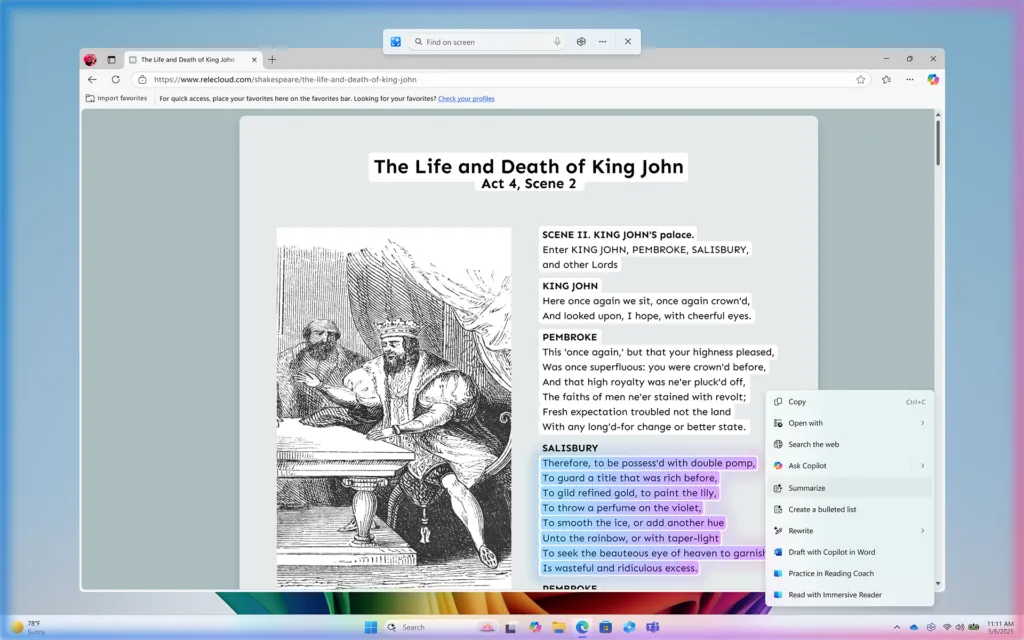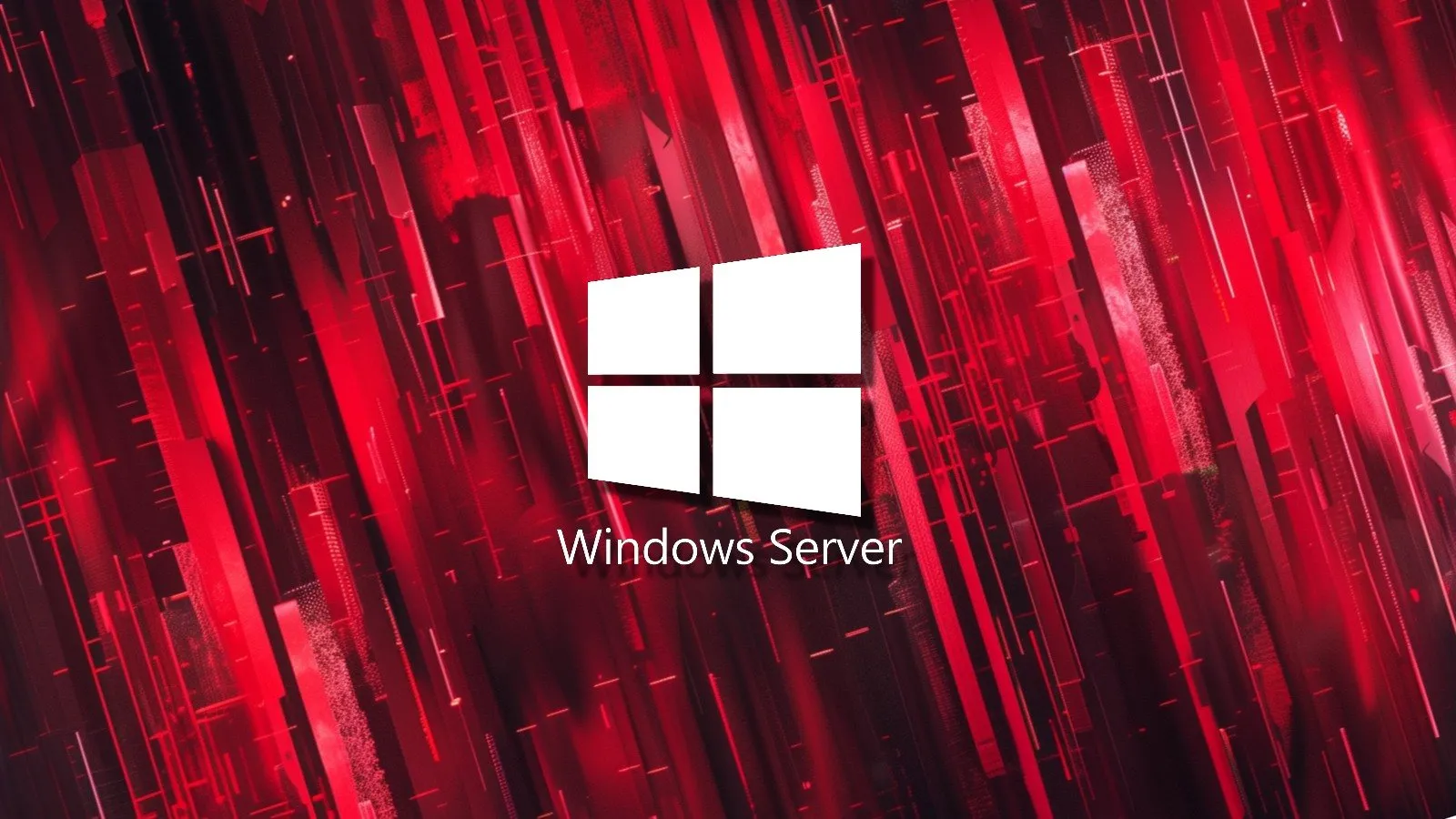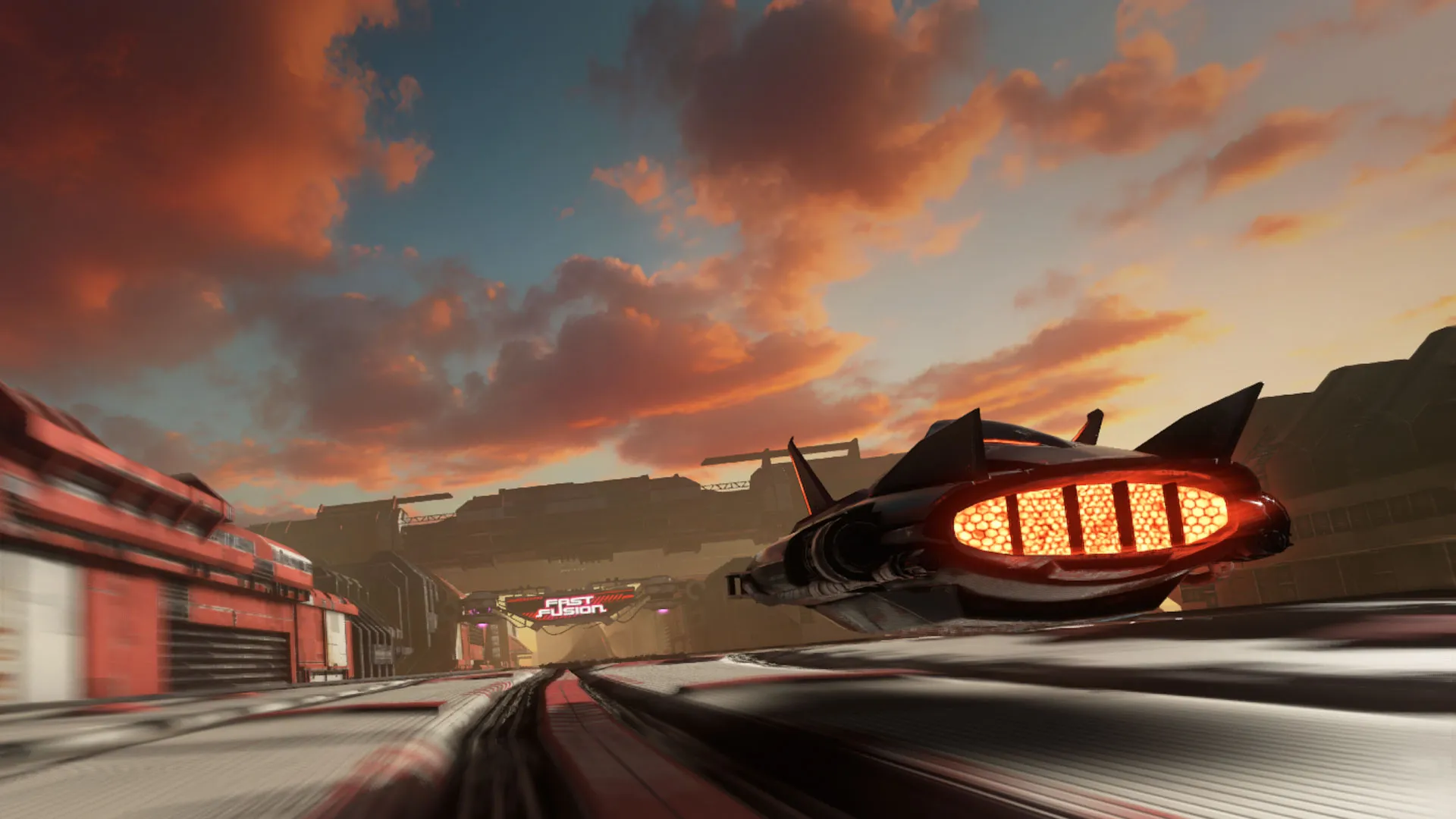You know Unreal Engine from groundbreaking video games like Fortnite and the upcoming Witcher 4, but prepare to be surprised: this powerful tool from Epic Games is quietly revolutionizing the world of entertainment far beyond gaming. From immersive Disney theme park rides to cutting-edge Hollywood movies and hit TV series, Unreal Engine is quickly becoming the go-to technology for creators seeking cinematic visuals and innovative production workflows.
Contents
This engine isn’t just about pixels and polygons anymore; it’s enabling filmmakers and experience designers to craft stunning, dynamic worlds with unprecedented flexibility and efficiency, blurring the lines between interactive entertainment and cinematic storytelling.
Stepping Aboard the Millennium Falcon: Unreal Engine at Disney Parks
Imagine piloting the iconic Millennium Falcon, dodging TIE Fighters, and making split-second decisions that directly impact your adventure. That’s exactly what guests experience on Millennium Falcon: Smugglers Run at Disney’s Galaxy’s Edge. This isn’t just a pre-recorded video; it’s an interactive, dynamic experience where your actions as pilot, gunner, or engineer truly matter. And yes, it’s powered by Unreal Engine.
Walt Disney Imagineering’s Executive VP, Asa Kalama, revealed that the ride runs on a highly customized version of Unreal Engine 4. This special adaptation supports unique visual effects developed with Industrial Light & Magic (ILM), designed to make the experience feel “cinematic” – as if you’re truly inside a Star Wars movie. While some standard Unreal features weren’t compatible with the ride’s complex five-projector setup (which uses a “cube map rendering” technique to project a seamless 360-degree world), Disney’s team developed custom visual effects like bloom (a glow effect) and motion blur (to simulate speed and movement), enhancing the realism and cinematic feel.
The current Smugglers Run mission debuted in 2019, but an exciting new mission is in development, set to launch around the release of The Mandalorian and Grogu movie in May 2026. This major update will involve upgrading the ride’s core systems to Unreal Engine 5 (UE5). Kalama excitedly shared that this upgrade will “unlock additional visual fidelity,” meaning even more stunning graphics. The new mission will also feature branching pathways, allowing crews to explore different iconic Star Wars locations like Cloud City, Coruscant, or the wreckage of the Death Star, with even more secrets to uncover on repeat rides. This deepens the immersion, making it feel even more like you’re playing a video game from inside the Falcon.
Building Galaxies: Unreal Engine in Star Wars TV
The influence of Unreal Engine extends beyond theme parks into your living room. Hit Disney+ series like The Mandalorian and Ahsoka famously use the engine to create their stunning digital backdrops, often displayed on massive LED screens known as “The Volume.” This innovative technique allows actors to perform within a dynamic, virtual environment that responds in real-time to camera movements, eliminating the need for traditional green screens and making visual effects more seamless and immediate.
The Third Floor, a visual effects company, played a key role in bringing these Star Wars worlds to life. Their Chief Creative Officer, Joshua Wassung, explained that they embraced Unreal Engine in 2019 for The Mandalorian because of its incredible flexibility. It allowed them to achieve a unique “moving concept art” look, where the digital sets felt like living, breathing paintings.
Hollywood’s New Frontier: Entire Films Powered by Unreal Engine
Unreal Engine isn’t just for backdrops anymore; it’s now powering entire feature films. Take Predator: Killer of Killers, a new movie from Prey director Dan Trachtenberg, which was entirely animated using Unreal Engine 5.
Wassung noted that Unreal’s versatility allows creators to pursue unique artistic visions. For Predator: Killer of Killers, they aimed for a hand-painted, “moving concept art” style, ingesting hundreds of paintings into the engine and blending them in real-time. This flexibility was key to achieving their desired aesthetic.
One of the film’s most impressive feats is a “one-shot” sequence, depicting a continuous, unbroken fight scene. While incredibly complex in live-action, Unreal Engine made it more manageable by allowing for precise animation control without the logistical headaches of real-world filming. Wassung highlighted the engine’s ability to handle numerous characters and complex choreography, along with animating the camera to create an incredibly immersive feeling.
Beyond artistic freedom, Unreal Engine also offers significant production benefits, especially cost savings. It allows teams to work more simultaneously, speeding up production. More critically, its real-time feedback feature is a game-changer. Traditionally, a single shot in an animated feature could take an artist weeks. With Unreal, artists can produce initial passes for shots in just a few hours. This drastic reduction in time translates directly to lower costs, opening doors for more ambitious projects.
 A still image from the animated movie Rogue Trooper, showing a blue soldier in combat armor in a futuristic, war-torn landscape
A still image from the animated movie Rogue Trooper, showing a blue soldier in combat armor in a futuristic, war-torn landscape
This cost-saving potential is clearly demonstrated by Rebellion Developments, creators of the Sniper Elite games and owners of the Judge Dredd universe. They are currently developing a new Rogue Trooper movie entirely in Unreal Engine 5. Rebellion CEO Jason Kingsley explained that the engine enables them to produce a visually rich, action-packed film on an “indie budget” – a fraction of what traditional Hollywood animation would cost. This, he hopes, will “take some of the shackles of limited budget off people who want to make something indie and creative.”
While Rebellion is primarily a game developer, Kingsley emphasized that Rogue Trooper is being crafted by professional filmmakers – cinematographers, lighting experts, and directors like Duncan Jones (Moon, Source Code) – to ensure it doesn’t “look like a video game cutscene.” The film also uses MetaHuman rigs, an Unreal Engine 5 technology for quickly creating highly realistic digital humans, simplifying character development and motion capture. This powerful tool provides a “shortcut” for filmmakers, allowing them to jump straight into high-quality character production.
Rebellion and its animation partners at Treehouse Digital are leveraging UE5’s advanced visual effects to bring the unique world of Rogue Trooper to life, taking advantage of the “digital space” for effects like volumetric fogging that would be difficult or impossible in live-action.
The Future is Unreal
While Unreal Engine may still be best known for its role in gaming, its silent expansion across the entertainment industry is undeniable. It’s the unifying force behind a vast galaxy of Star Wars content, from interactive rides to blockbuster TV shows. Beyond that, it’s transforming filmmaking, empowering independent studios and established visual effects houses alike to create stunning, dynamic visuals, reduce costs, and accelerate production. From pre-visualizing scenes in films like Dune: Part 2 to creating entire animated features, Unreal Engine’s versatility means its presence will only continue to grow, pushing the boundaries of what’s possible in digital storytelling.






























